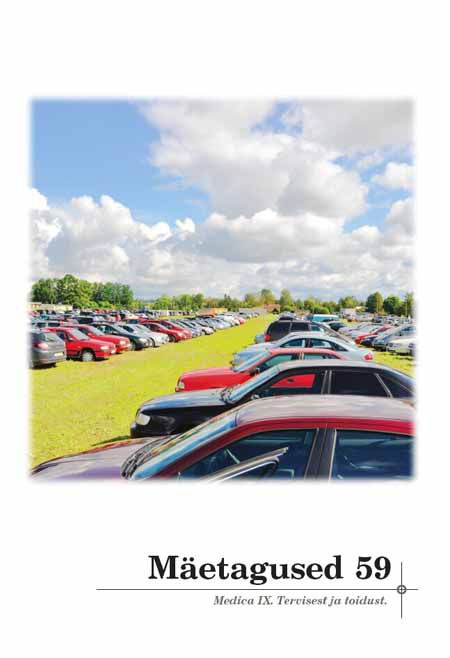Loomulikkuse küsimus
The Issue of Naturalness
Author(s): Sille Kapper-TiislerSubject(s): Customs / Folklore
Published by: Eesti Kirjandusmuuseum
Keywords: body; dance ethnography; folk dance; health; naturalness; traditional folk dance
Summary/Abstract: The article is written to unveil the important values and understandings accepted in our deepest subconsciousness, which form the basis for speaking about traditional folk dancing as a ‘natural’ way of motion, and for the desire and suggestions to dance ‘naturally’. In contemporary urban culture, various dance styles have been described as ‘natural’, but the topic of this article is traditional folk dance today. My dance ethnographic fieldwork for this research was carried out in Estonia during the years 2008–2014, at the main traditional folk dance events such as festival dance nights, concerts, group rehearsals, and workshops, as well as in other dance learning environments. Spoken and written statements about traditional folk dance during the research period are also taken into account. In general, one can say that the ‘natural’ qualities of traditional folk dance in today’s Estonia spring from the fact that the individual freedom of the dancer is highly valued. The meaning of ‘naturalness’ is based on the dance knowledge and experience of each dancer or speaker. Various combinations of these meanings and their reasons are also possible. The study proves that today the ‘naturalness’ of traditional folk dancing is constructed by each dancer in light of their own beliefs and convictions, including faith in the primacy of individual freedom. This result is usable in ethnochoreological research into any more concrete issues concerned with traditional folk dances, but even more important for dance learning and teaching processes, with reference to the need to always ask and explain in detail what is meant by doing something ‘naturally’. Additionally, the analysed data also reveal the ambivalent position of traditional folk dance among other cultural practices in present-day Estonia. For one group of people interest in traditional folk dance and music is related to other aspects of ecological-organic lifestyles, such as place of residence, food, clothing, re-use and reduction of consumption; also there is another group whose traditional folk dancing is just an alternation in their mainstream urban lifestyle. In both cases, traditional folk dancing is considered more ‘natural’ than other dance styles due to its origin in peasant culture, allegedly unspoiled and cleaner than our contemporary environment. Different perceptions are similar in the recognition that dancers today feel traditional folk dancing raise their subjective well-being. In spite of different reasons, in general, the cultural proposal that traditional folk dance can be a lifelong and healthy way of movement, has been accepted as cognitively adequate. Today, topics related to physical and mental health are usually rather intimate, and this once more explains the deeply individualistic character of ‘naturalness’, which traditional folk dancing seeks to achieve.
Journal: Mäetagused. Hüperajakiri
- Issue Year: 2015
- Issue No: 59
- Page Range: 27-50
- Page Count: 24

